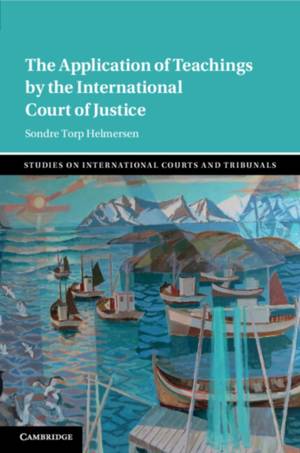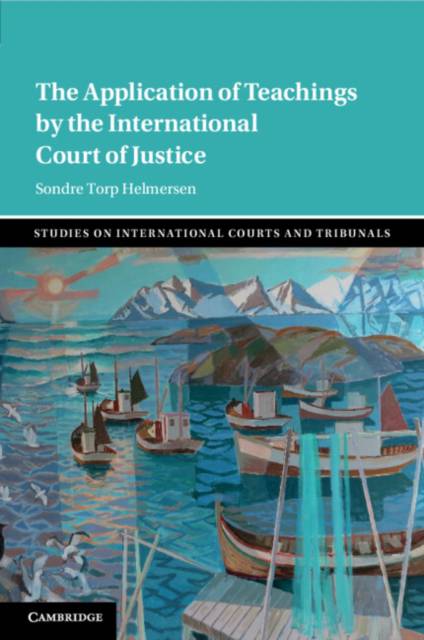
- Afhalen na 1 uur in een winkel met voorraad
- Gratis thuislevering in België vanaf € 30
- Ruim aanbod met 7 miljoen producten
- Afhalen na 1 uur in een winkel met voorraad
- Gratis thuislevering in België vanaf € 30
- Ruim aanbod met 7 miljoen producten
Zoeken
The Application of Teachings by the International Court of Justice
Sondre Torp Helmersen
€ 43,45
+ 86 punten
Omschrijving
How do the judges of the International Court of Justice, the most authoritative court in international law, use teachings when deciding cases? This book is the first book-length examination of how teachings are used in an important international institution. It uses three different methodologies: a traditional legal analysis, an empirical analysis where citations of teachings are counted and interviews with judges and staff. Three main patterns are identified: teachings have generally low weight, but this weight varies between different works and between different judges. The book suggests explanations for the patterns it identifies, in order to contribute to understanding not only when and how teachings are used, but also why, and compares the Court's practice with that of other international courts and tribunals. This study fills a gap in the international legal literature and will be essential reading for scholars and practicing international lawyers.
Specificaties
Betrokkenen
- Auteur(s):
- Uitgeverij:
Inhoud
- Aantal bladzijden:
- 272
- Taal:
- Engels
- Reeks:
Eigenschappen
- Productcode (EAN):
- 9781108928328
- Verschijningsdatum:
- 27/07/2023
- Uitvoering:
- Paperback
- Formaat:
- Trade paperback (VS)
- Afmetingen:
- 152 mm x 229 mm
- Gewicht:
- 367 g

Alleen bij Standaard Boekhandel
+ 86 punten op je klantenkaart van Standaard Boekhandel
Beoordelingen
We publiceren alleen reviews die voldoen aan de voorwaarden voor reviews. Bekijk onze voorwaarden voor reviews.








